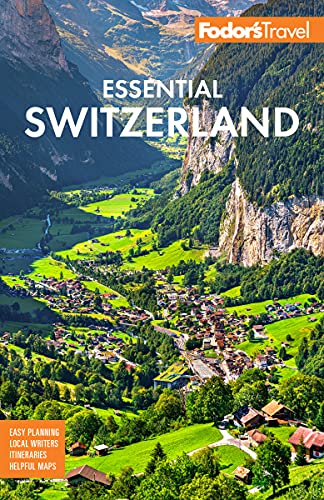Car Travel
Unless you intend to explore every nook and cranny of Graubünden or some of the more remote valleys, you will not really need a car. In fact, a car might cost more time and irritation than simply using public transportation, although driving a convertible along the mountain roads can be a breathtaking, if pricey, experience.
Graubünden is mountainous, with few major highways. Drivers can enter either by way of the San Bernardino Pass from the south or from the north on A13, the region's only expressway, which follows a north–south route. Coming from Austria and Munich, the A27 leads into the Lower Engadine; roads over the Ofen and Bernina passes lead into the Engadine from the South Tyrol and Veltline areas of Italy respectively, and the approach to the Upper Engadine from Italy is over the Maloja Pass. The Oberalp and Lukmanier passes lead from Uri and Ticino respectively to the Surselva region to join A13.
If you're traveling in winter, make sure to check the status of the passes beforehand. Trains through the Vereina Tunnel shuttle cars between Klosters and Sagliains (Susch–Lavin). The tunnel has made the Lower Engadine quickly accessible during the winter, when the Flüela Pass is seldom open.




